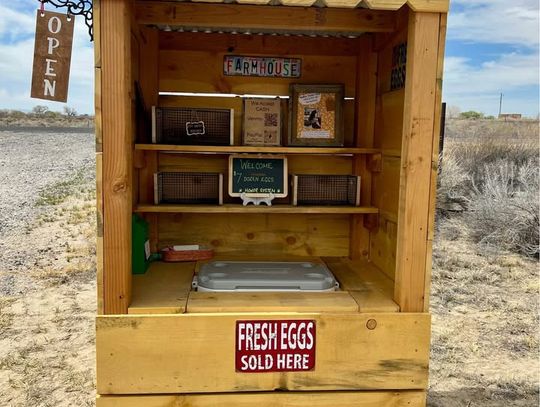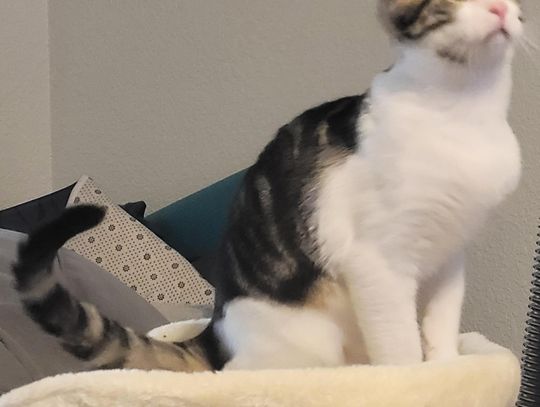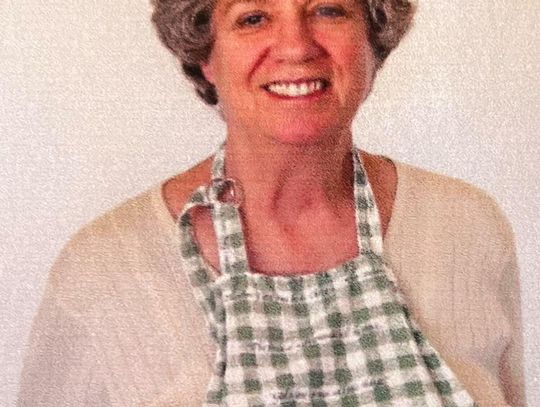Last week of the year. 81 days till spring! To some, that means spring is still a while away. Here on our farm, the New Year signals the beginning of the season. We start our super-hot peppers in January. While that might seem a little hasty and you might say overanxious, the blistering fruit that Mr. Sammons enjoys torturing himself with on average needs 180 days to start producing. Exotic peppers also can take a little longer to actually germinate. The Ghost Pepper for example and other members of Capsicum Chinese species can take up to 30 days just to sprout. Please read on if you find yourself drawn to the 1,000,000 plus side of the Scoville scale. For reference, a jalapeño is in the 2,500-8,000 range.
Starting super-hot peppers is similar to starting other types of seeds with a few tweaks. There are no hard rules here but in our experience, a windowsill type setup doesn’t work well for these types of peppers. Being that they originate in tropical climates, they need to be warm. Like some people I know, they prefer temps in the upper 80’s. Our standard bottom up, set up is a flat tray with a slight rim to catch spills, a heat mat, a 72-cell seed starting tray placed in another tray that is fitted with a plastic dome all under a grow light. I start with the small dome until the seedlings nearly touch the top and then upgrade to a larger 10” dome with vents. To avoid leggy seedlings, you should place your growing light directly above your plants for 12-14 hours a day. Seriously close, like right above the plastic. It is good practice to water your seedlings from the bottom up. Most importantly, do not water excessively. A fungal disease called dampening off shows up quickly with overwatering and kills seedlings fast. I leave my heat mats on for more than just germination. We keep our house a little colder (hello, perimenopause) so the seedlings respond well to the extra heat. Fertilize with diluted seaweed once the seedlings reach a few inches tall. When they reach the top of the large dome, you can take the covering off. It is a good practice to gently brush your hand over the tops of the plants periodically to encourage stronger stem development. An occulting fan on a low setting helps as well. We introduce the plants to the outside environment usually when temperatures reach about 50°F. In a future column, we can go over the hardening-off process in detail.
A couple of notes, we don’t like using much plastic, however, it is in this case a necessary evil. I love the idea of peat pots and I am not saying you can’t have success with them. I am saying hot pepper seedlings take some time to grow. Peat pots tend to dry out quickly and then deteriorate quickly with all the extra watering. Save them for a faster-growing seedling, like onions or borage. The good news is you can use the same trays and black plastic pots for several years. Just be sure to clean and disinfect before you plant them again. To reuse the materials, I scrub out the old dirt and soak them for 15 minutes in a 5-gallon bucket filled with a 1-part bleach, 9-part water solution. Rinse again thoroughly and dry in the sun, then store in a protected location until next season.
Super-hot pepper seeds are getting easier to find and plants are more available through various growers. For truly rare finds, check out veteran-owned Refining Fire Chilis. Jim Duffy is an absolute expert and gathers seeds from all over the world. He regularly sells to big companies like Baker Creek. This year we are growing 11 of his varieties, including the Death Spiral, the Hurt Berry, and PrimoX BOC. Find him at www.superhotchilies.com
The really wonderful news this week is I don’t have to gently remind my garden friends to do any supplemental watering of newly planted trees and or shrubs. Working out in the yard yesterday was sure a treat. Keep it coming Mother Winter.









































Comment
Comments